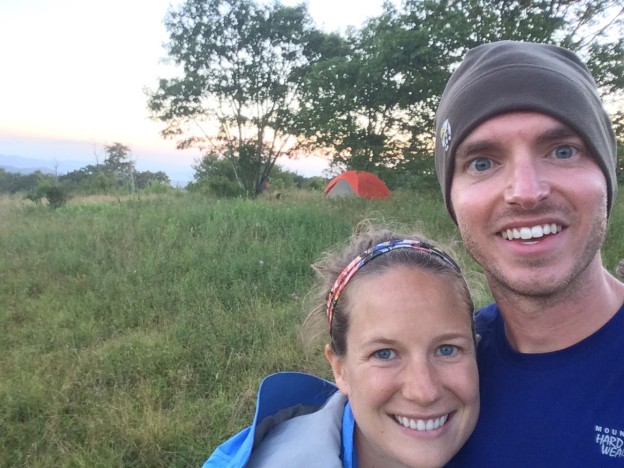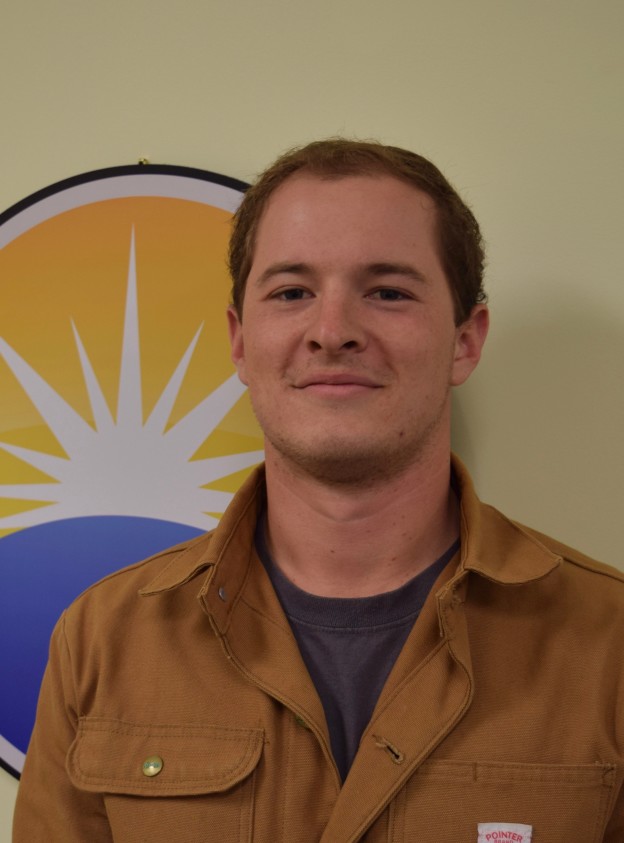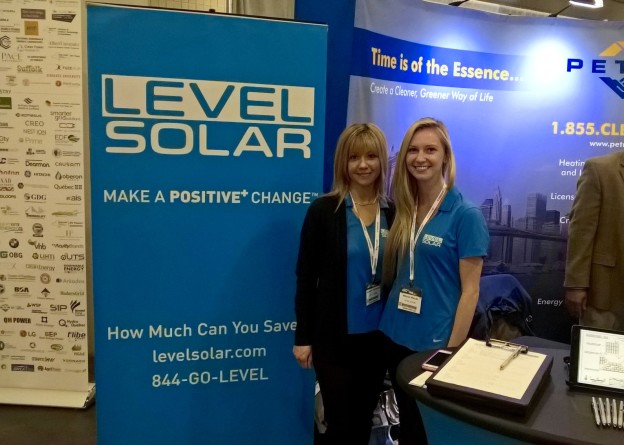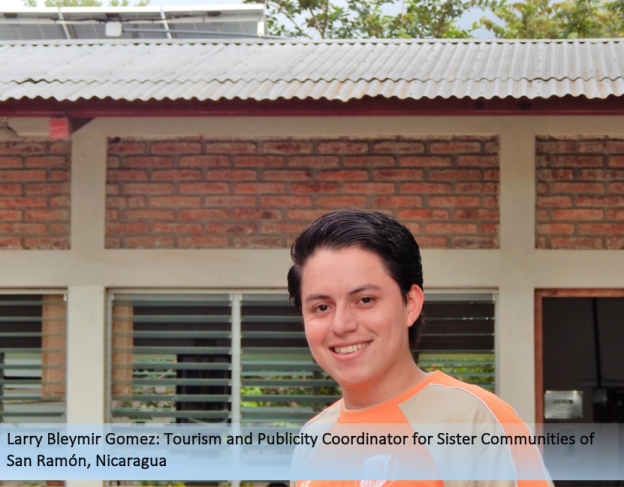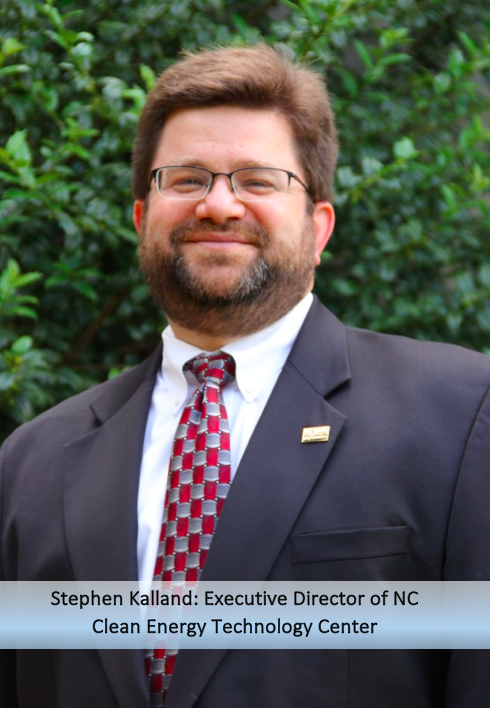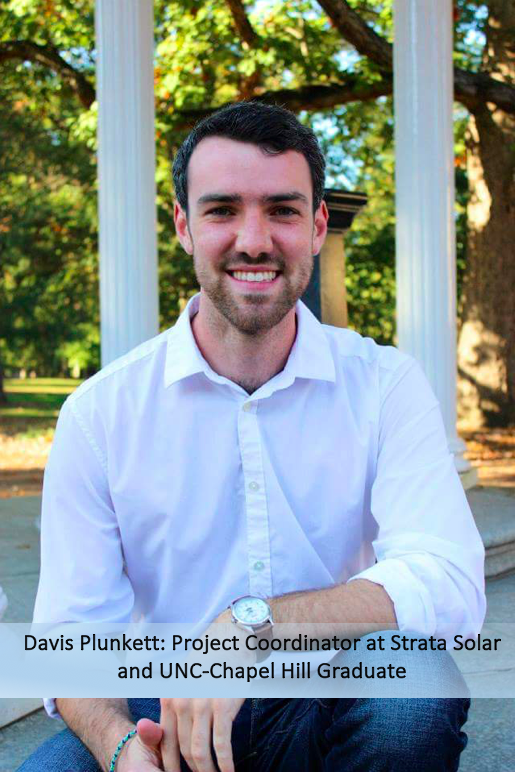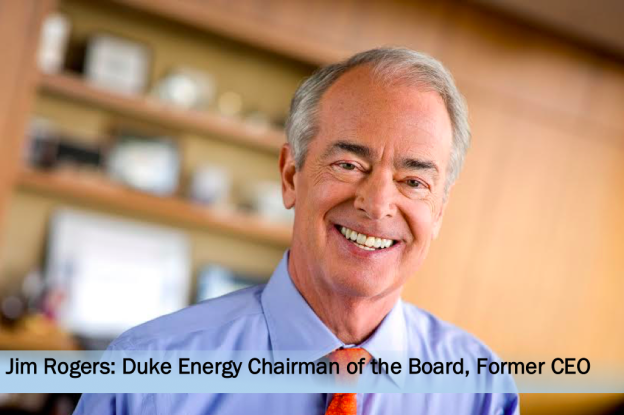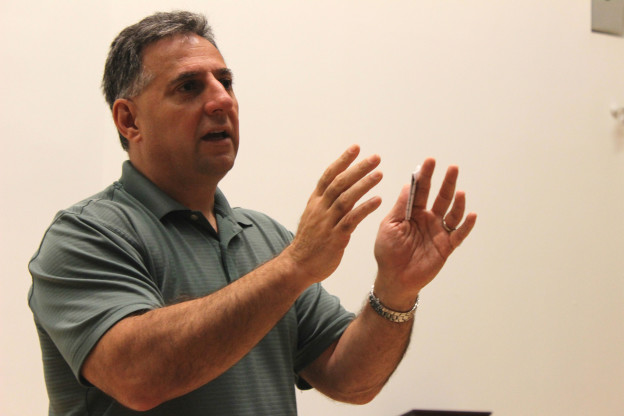Zach Sprau recently received his Master’s degree from Appalachian State University, and is the head project coordinator for United Solar Initiative’s project with the Hospitality House, a homeless shelter in Boone, NC. Here, he talks about his experience with USI and what he hopes to do with solar energy in his future career endeavors.
USI: When did you first start working with USI and what got you interested?
Sprau: I first started working with USI towards the end of the Spring 2016 semester. I learned about them through the Clean Tech Summit at UNC Chapel Hill. They had a booth and I signed up to check out the chapter at Appalachian State.
The main thing that got me interested in them was their partnership with World Vision doing solar water pumping. Prior to grad school, my wife and I worked with a similar organization in Haiti for a year, so it was exciting to see that USI was combining international development and renewable energy.
USI: Can you tell me about your experience working on the Hospitality House? What drew you to head up that project?
Sprau: As the USI team was meeting at Appalachian State, Jack mentioned that we were looking for additional projects, and that USI would be interested in doing some local projects. I am good friends with Jordan Duke, the Hospitality House Facilities Manager. We’d discussed projects he’d done there in the past such as solar thermal, the vegetable garden, and the chicken coop. I’d remembered him mentioning that he’d love to have PV for the Hospitality House, so I mentioned it to Jack, and we decided to give it a shot.
Several things drew me to head the project. Jack and Sam (the experienced USI members on our team) were graduating, and Jack asked me to head up the project after he left. It was also a natural fit as I had the relationship with Jordan and we’d worked together before. Finally, I believed in the project. I was using renewable energy (something I’m passionate about) to serve an underserved population. The Hospitality House is doing amazing work. I have learned so much about what they do through working on this project.
USI: Have there been any particularly challenging aspects of the Hospitality House project for you?
Sprau: The main challenge has been time limitations. I’ve been trying to manage this project while going to school full time and working two part time jobs. As you can imagine, there have been many times where it has had to take a back seat to other obligations, and therefore has taken a bit longer than we were originally hoping.
USI: What have you enjoyed most about working on the Hospitality House?
Sprau: One of the main things I’ve enjoyed is getting to work with people who are truly interested in using resources to help others, and working with an organization that has been established to do just that. It also doesn’t hurt that I genuinely find solar power fascinating, and it’s potential to positively impact the lives of people.
USI: Do you plan to continue working in the solar energy field post-graduation? If so, what do you envision doing and why?
Sprau: Since graduating, I’ve gone full time with the company that I was working with part time during grad school, SunVolt Electric. It’s an electrical contractor in Boone that does most of the PV (photovoltaic) installs in the area. I plan to keep working with them for a while to learn as much as I can, but the eventual goal is to return to the international relief and development sector (where I worked prior to grad school) to use solar energy to address energy poverty in developing nations.
Read more about the Hospitality House of Boone, NC at http://www.hosphouse.org
Article by: Lydia Odom
Photo provided by Zach Sprau


